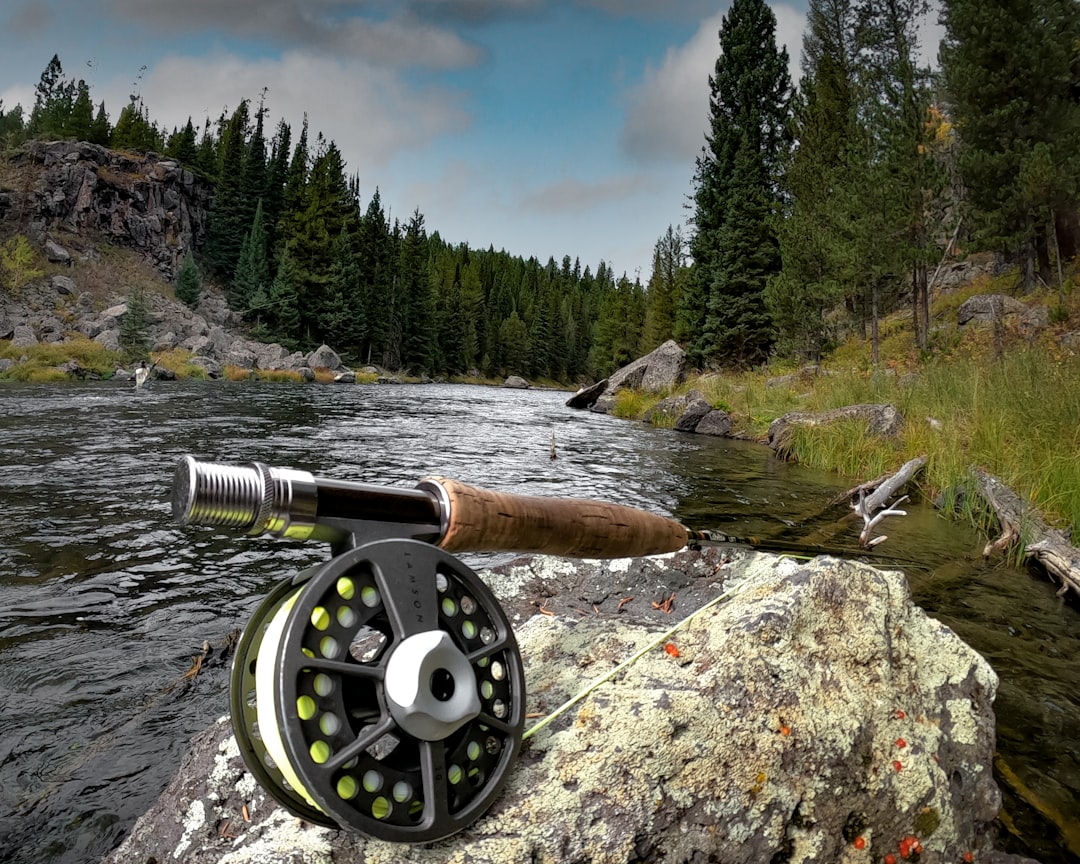
If you’re a fishing enthusiast and haven’t tried fly fishing yet, you’re missing out on an incredible experience. One destination that should be on every fly angler’s bucket list is the beautiful McKenzie River. Known for its pristine waters and abundance of trout, McKenzie River offers an unforgettable fly fishing adventure. In this guide, we’ll delve into the essentials of McKenzie River fly fishing and provide you with expert tips to help you make the most of your trip.
Gear and Equipment
Before you embark on your fly fishing journey, it’s important to gather the right gear and equipment. Here’s what you’ll need:
1. Fly Rod and Reel: Opt for a lightweight rod that’s specifically designed for fly fishing. A 9-foot rod with a weight of 5 or 6 is ideal for McKenzie River.
2. Fly Line: Choose a weight-forward line that matches your rod’s weight. Floating lines work best for most situations, but it’s always a good idea to have a sinking line as well.
3. Flies: Carry a variety of flies to match the insects found in the river. Popular choices include nymphs, dry flies, and streamers.
4. Waders and Boots: Invest in good-quality waders that keep you dry and comfortable. Make sure your boots have felt or rubber soles for traction on slippery rocks.
The Best Fishing Spots
McKenzie River is teeming with fishing spots that offer a perfect blend of tranquility and challenge. Here are some of the top spots you should explore:
1. Finn Rock: This section of the river is known for its deep pools and fast runs, making it an ideal spot for catching rainbow trout and cutthroat trout.
2. Marten Rapids: Located near McKenzie Bridge, Marten Rapids is popular for its rapids and riffles. It’s the perfect spot to find bull trout and summer steelhead.
3. Blue River: A tributary of the McKenzie River, Blue River is home to trophy-sized rainbow trout. The crystal-clear waters and breathtaking scenery make it a must-visit spot for fly anglers.
4. Hendricks Bridge: This stretch of the river is abundant in salmon and steelhead during their respective runs. It’s an excellent spot for anglers looking for larger game fish.
Techniques and Tips
To master the art of fly fishing in McKenzie River, keep these techniques and tips in mind:
1. Read the Water: Pay attention to the river’s surface and study the movement of the currents to identify potential feeding areas for trout.
2. Match the Hatch: Observe the insects present in the river and choose flies that closely resemble them in size, shape, and color.
3. Perfect Your Cast: Practice your casting technique to ensure accurate and gentle presentations. This will significantly increase your chances of success.
4. Explore Different Depths: Trout can be found at varying depths, so experiment with different fly line lengths and techniques to find where the fish are biting.
5. Practice Catch and Release: McKenzie River is a conservation area, so it’s important to practice catch and release to protect the fish population and maintain the ecosystem’s balance.
Local Regulations and Permits
Before you embark on your fly fishing adventure, make sure you’re familiar with the local regulations and obtain the necessary permits. McKenzie River is governed by specific fishing regulations, including bag limits, catch sizes, and restricted areas. A valid fishing license is also required for all anglers aged 12 and above.
In conclusion, McKenzie River offers a fly fishing experience like no other. With its breathtaking scenery, diverse fish population, and ample fishing spots, it’s a paradise for anglers. By equipping yourself with the right gear, exploring the best fishing spots, mastering the necessary techniques, and adhering to local regulations, you can ensure a successful and memorable fly fishing trip on McKenzie River. Happy fishing!